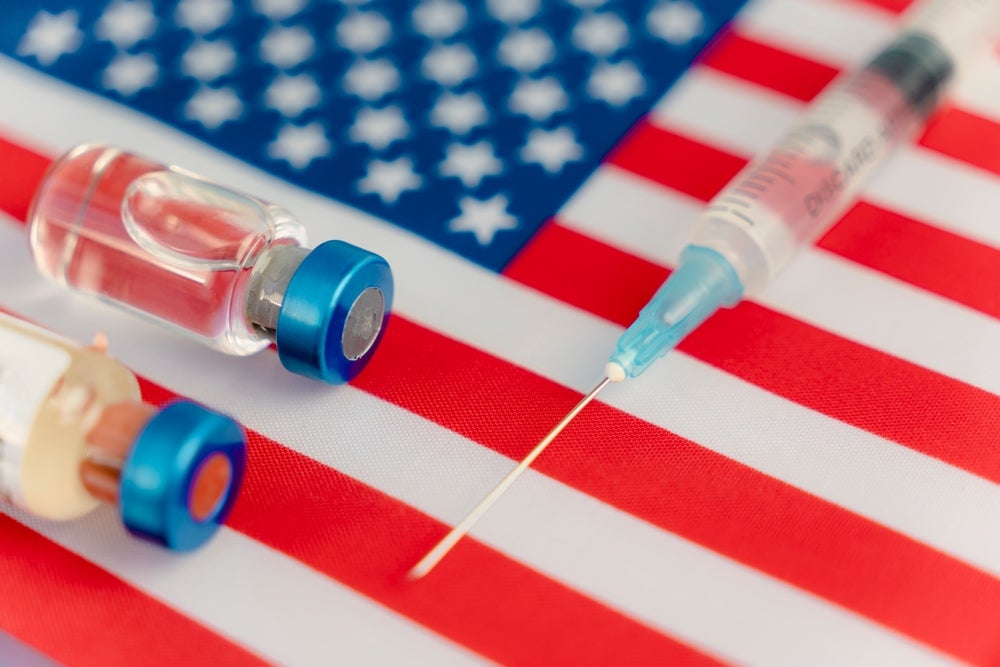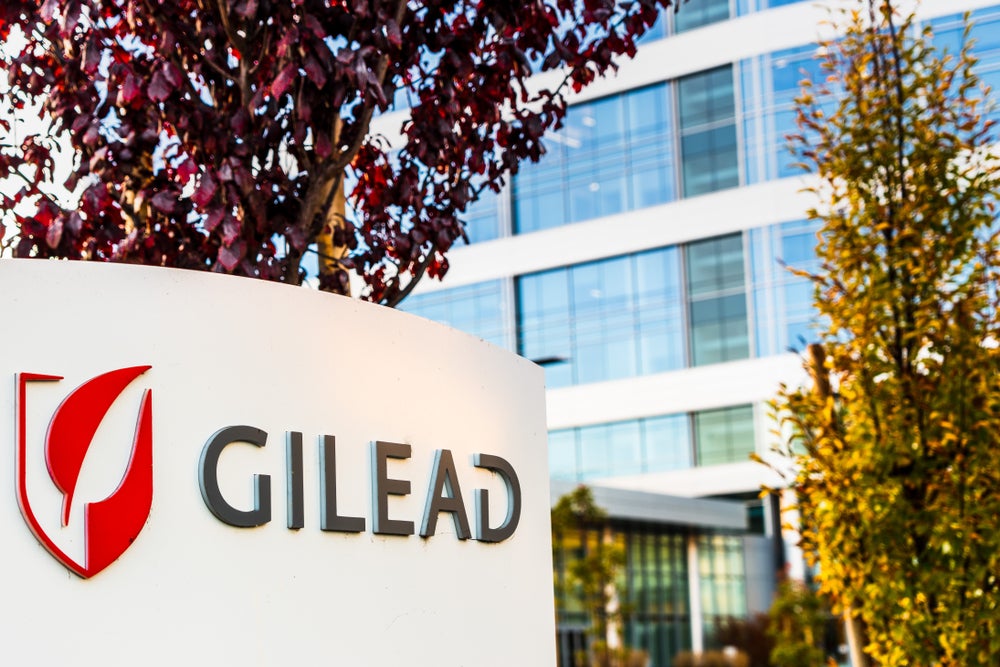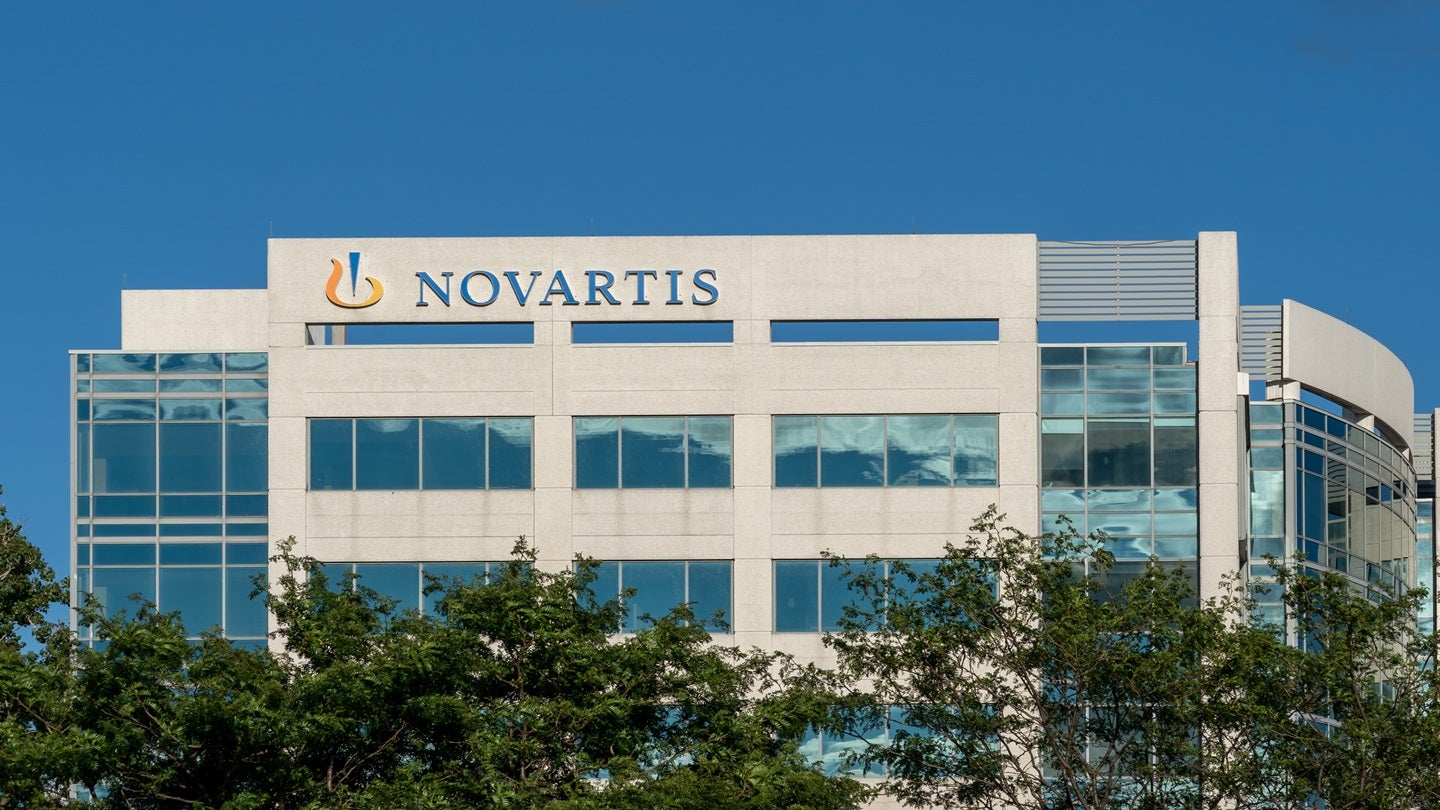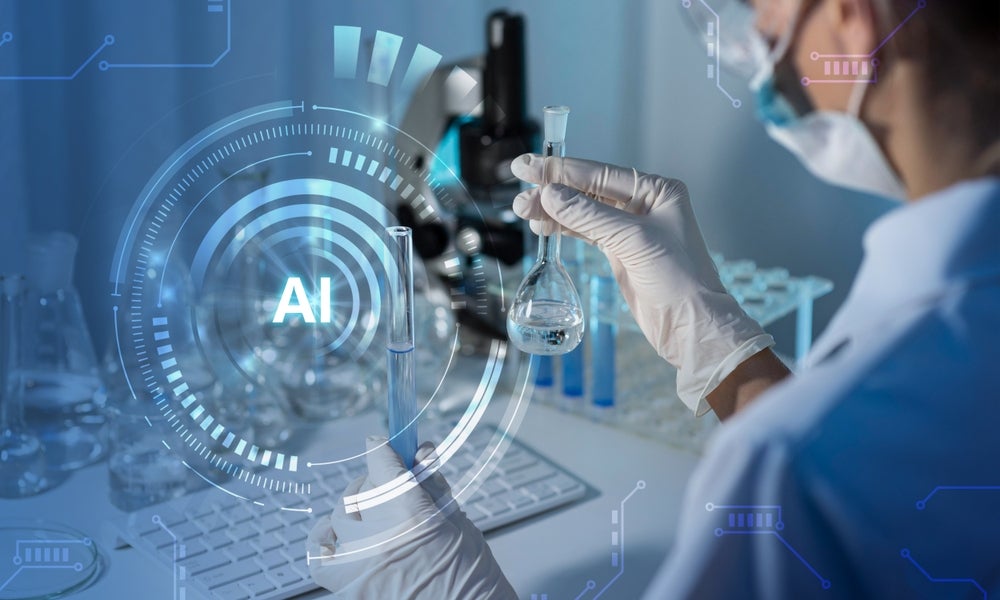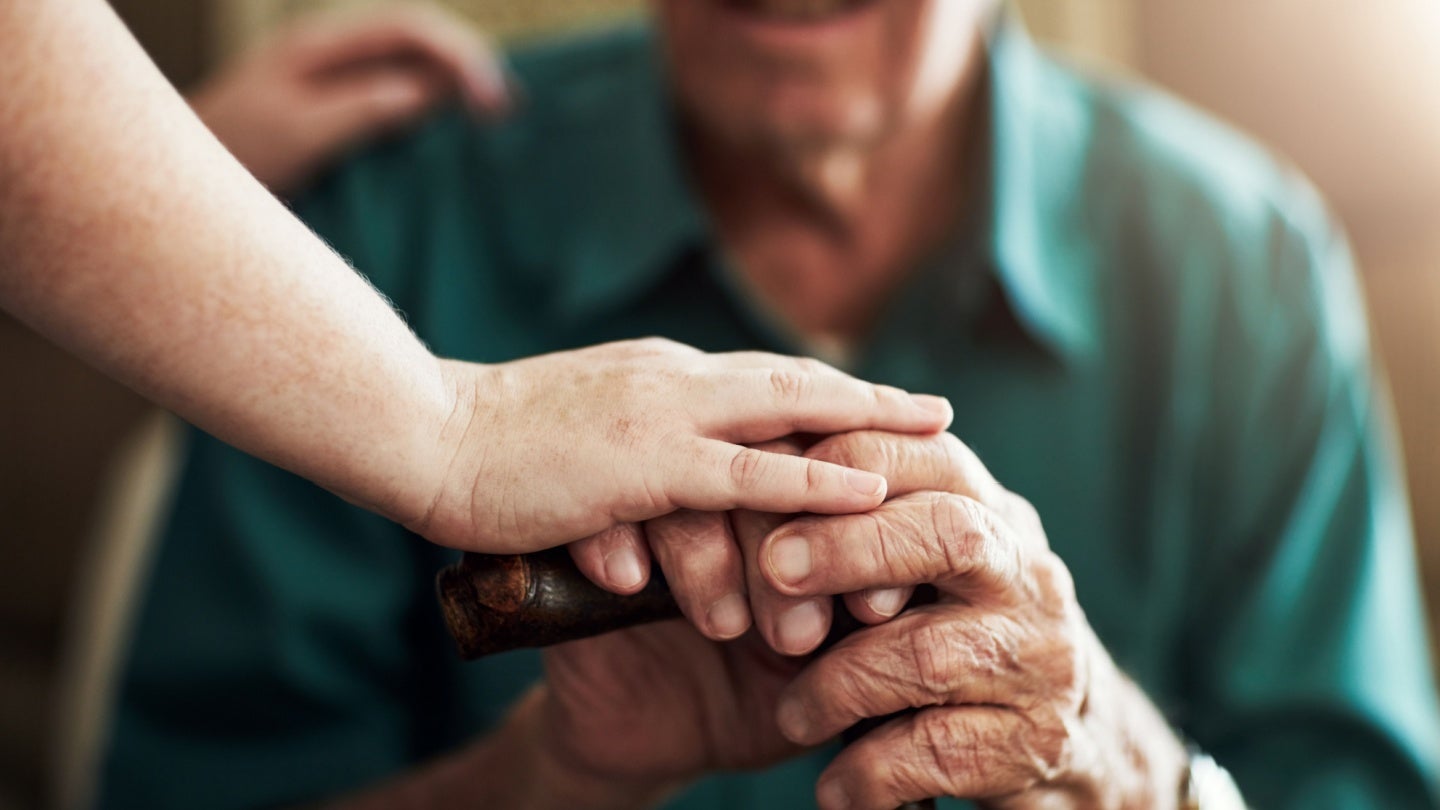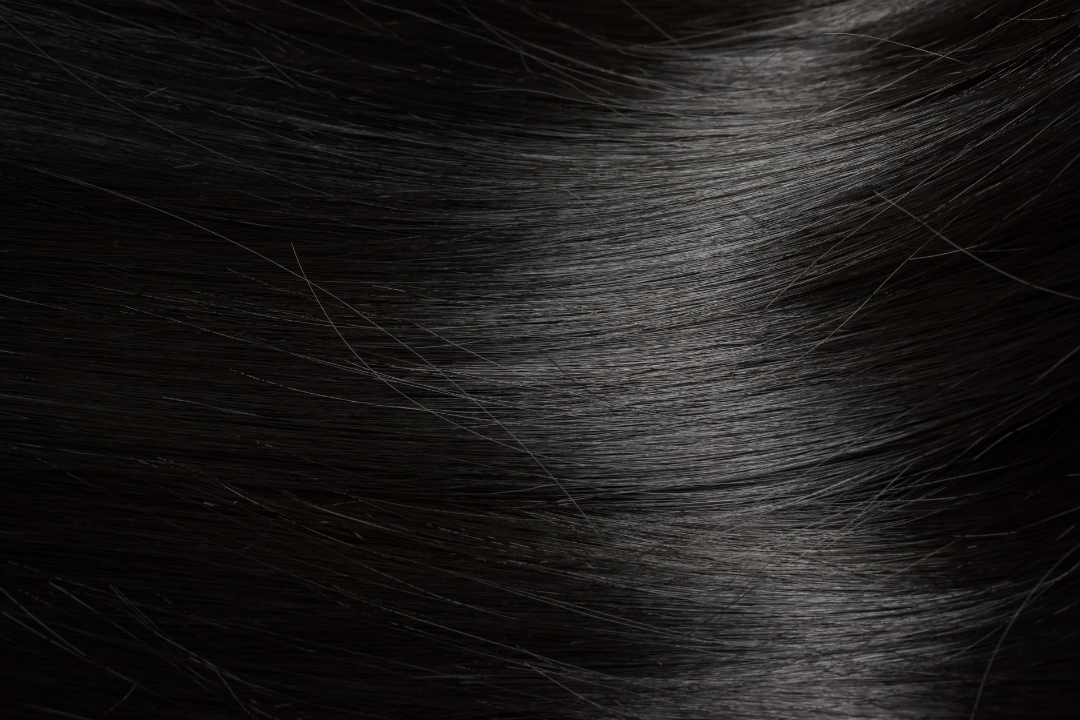Robots Master Movement by Observing Their Own Actions
In a groundbreaking study from Columbia Engineering, researchers have unveiled a compelling advancement in robotic learning—the capability for robots to understand their own bodies through watching themselves move. This innovative methodology is akin to how humans learn to dance by observing their reflections. By employing a simple video camera, robots can autonomously model their own […]


In a groundbreaking study from Columbia Engineering, researchers have unveiled a compelling advancement in robotic learning—the capability for robots to understand their own bodies through watching themselves move. This innovative methodology is akin to how humans learn to dance by observing their reflections. By employing a simple video camera, robots can autonomously model their own structures, gaining insight into their morphology and movement dynamics without the necessity for intricate human programming. This development reflects a significant leap towards creating more adaptable and resilient robots capable of self-improvement through their own observations.
The research, conducted at the Creative Machines Lab and directed by Hod Lipson, involves transforming traditional methods of robotic learning. Typically, robots are trained in highly engineered simulations designed by experts, which serve as preparation for real-world tasks. However, the process of creating these simulators is time-consuming and requires considerable expertise. In contrast, the researchers have enabled robots to construct a simulation of their own physicality simply by recording their movements through a standard 2D camera. This represents a paradigm shift in how robots can attain self-awareness and adaptability.
Study lead author Yuhang Hu emphasized the significance of enabling robots to build their self-models autonomously. By capitalizing on the information gleaned from video footage, the robots can understand their actions and anticipate their dynamics. This newfound skill empowers the robots to not only execute planned movements but also adapt to unforeseen circumstances, such as physical damage. A key factor in this approach is the utilization of deep neural networks that mimic aspects of human brain function, allowing robots to infer three-dimensional motion from two-dimensional video inputs.
The implications of this study extend far beyond the confines of the laboratory. In practical applications, such as robotic vacuum cleaners or assistive bots, enhanced kinematic self-awareness could allow these machines to self-correct after physical mishaps, like bumping into obstacles. Instead of ceasing operation due to a damaged component, these robots could adjust their movements accordingly to continue functioning effectively. This adaptability is expected to revolutionize the reliability of domestic robots, minimizing the need for constant human oversight and reprogramming.
Moreover, in industrial settings, consider a scenario where a robotic arm encounters a misalignment within a factory. Instead of pausing production lines and incurring unexpected costs, the robot could utilize its self-observation abilities to recalibrate and resume work efficiently. This capability not only reduces downtime but also reinforces the manufacturing sector’s resilience against disruptions—an increasingly valuable trait in modern production environments where efficiency is paramount.
Living in an era where robots are entrusted with tasks from manufacturing to medical care, the self-awareness that the Columbia team’s research unveils is becoming increasingly essential. As humans relinquish more responsibilities to machines, the capability of robots to adapt and self-correct becomes paramount. The overarching goal is to lessen the need for constant human intervention, allowing robots to learn autonomously and evolve over time, similar to biological organisms.
The culmination of this research showcases advancements in self-modeling that have transpired over nearly two decades at Columbia University. In earlier studies, robots had limited capabilities, often restricted to rudimentary observations resulting in simplistic representations of their shapes and movements. Over the years, progress yielded models of higher fidelity through multi-camera setups. The current study signifies a remarkable milestone, enabling robots to establish comprehensive kinematic models using only brief video clips from a singular camera, mirroring the implications of looking into a mirror.
Humans inherently possess an intuitive grasp of their bodily existence, enabling preemptive visualization of actions before execution—an ability that researchers aspire to instill within robots. Lipson articulated the potential of this research, stating that the path toward enabling robots to visualize their future movements and actions is vital for the broader integration of machines into society.
Concerning the advancements in self-awareness, robots equipped with such capabilities can enhance their operational efficacy in various sectors, transitioning from static programming toward dynamic adaptation in real-time interactions with their environments. This progression opens avenues toward more interactive and intelligent services, where robots collaborate with humans seamlessly, anticipating and responding to human needs in a manner that was previously unattainable.
The study serves as a prominent addition to the existing body of knowledge in robotic learning, underlining the importance of observation, adaptability, and self-modeling processes. As the researchers detailed their findings in the journal Nature Machine Intelligence, broader implications emerge, suggesting that the pathway to truly intelligent machines lies in fostering their ability to learn from their experiences and adapt autonomously.
Modeling self-awareness in robots signifies more than just technological innovation; it calls for a reevaluation of the roles robots play in society. As reliance on automated devices for critical tasks increases, ensuring that these machines are equipped with adaptive capabilities becomes indispensable. The leap forward represented by this research certainly heralds a future where robots can coexist more harmoniously alongside humans, enhancing productivity and reliability across various domains.
In conclusion, the future of robotics is becoming increasingly intertwined with artificial intelligence’s ability to promote self-awareness and adaptability in machines. The implications of this exciting research could redefine how we envision our interactions with robots, making them not just tools, but intelligent companions capable of personal growth and learning—reflecting our own developmental journeys in the world.
Subject of Research: Robots learning self-awareness through motion observation
Article Title: Teaching robots to build simulations of themselves
News Publication Date: 25-Feb-2025
Web References: Columbia Engineering
References: Nature Machine Intelligence
Image Credits: Credit: Jane Nisselson/Columbia Engineering
Keywords
Autonomous robots, Kinematic self-awareness, Machine learning, Robotics, Adaptability in machines.
Tags: autonomous robot movement modelingColumbia Engineering robotics researchCreative Machines Lab innovationshumanoid robot adaptabilityinnovative robotic methodologiesmachine learning without human programmingparadigm shift in roboticsrobotic learning advancementrobots understanding their own bodiesself-improvement through observationself-observation in robotsvideo camera robot training
What's Your Reaction?







